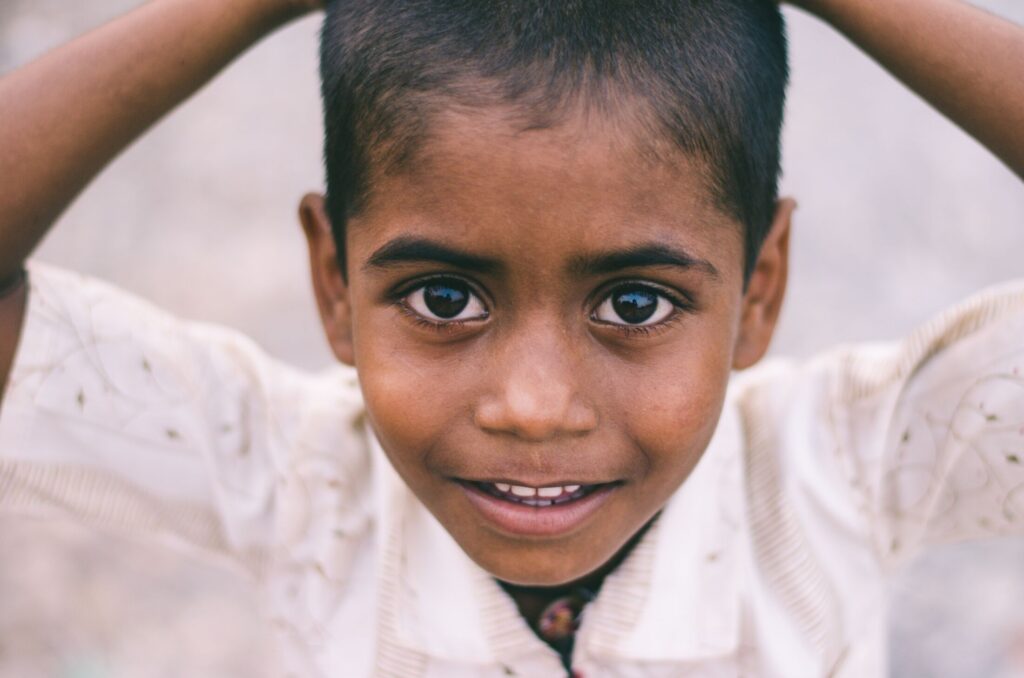
Photo by Shravan K. Acharya
A student in one of the meditation groups I have the pleasure of supporting told the group a story.
Her mood seemed unhappy as she started – there was that feeling of, “I want to share something bad that happened to me in the hope that I’ll feel better for it.” Seeking support.
She and a few others had been to a youth dance recital, she said. And it was wonderful. The kids were spirited and danced well. The mood from parents and other audience members was positive and supportive. It felt like a celebration of the commitment, hard work, skill, and heart of everyone involved.
After the performance the young dancers swarmed up the aisles of the performance space, many holding flowers, to find their families and receive their praise.
She said she approached one young dancer whom she’d been particularly moved by: a boy of 10 or 12 years. She offered a compliment. “You danced well and your performance filled my heart with joy.”

Photo by Japheth Mast
After this woman had spoken to the boy, she noted that he looked immediately away to his mother. Seeking, she thought, the mother’s sign off that this woman was a safe stranger to speak with. The boy was still shy, looking down, but muttered an acknowledgement in response to her praise.
“Isn’t that sad?” the student in my meditation group asked. In her youth, the woman remembered, children were able to be more open, more innocent, more fully alive. She commented about a great loss that has happened over the generations since. It was clear that the joy of the young man’s performance was completely overshadowed by the sadness she felt about the boy’s reaction to her praise.
After she shared, the group meditated together, which bought me some time to ponder her story. How interesting, I thought, is the overall pattern here. And how familiar this all is! Something we see as ‘good’ happens, then something we see as ‘bad’ happens. And the bad totally cancels out the good. The net effect is a big yuck.

Photo by Levi Meir Clancy
I realized that the dominant narrative tends to be: Something really wonderful happened, BUT then something bad happened. And then we’re left with: What a terrible experience the whole thing was.
And the something good gets lost. The good old negativity bias of the brain!
Speaking with her and the rest of the group after our meditation together, I suggested that the way we frame our narration about good and bad might be really powerful and worth seeing as something with which to practice.
What if instead of the “BUT,” we offered ourselves an “AND”: Something really wonderful happened, AND something bad happened.
I invite you to pause a minute to explore this in your own mind.

Photo by Garrett Jackson
Sometimes finding something good to focus on can be a practice in itself. Life can hand us lots of rotten apple experiences that make it hard to see the good, to get through a stressful day, to feel at peace.
And yet, the sun still shines. The rain still falls on the flowers and the trees. Sometimes noting my ability to see or taste or breathe may be as far as my heart can go.
Then when we insert an “AND” instead of the “BUT”, how does it feel?
With the “AND,” the good is left standing. The bad doesn’t cancel it out. But neither does the good cancel out the bad. It happened, too. This isn’t about denial. The student in my group really did have a difficult experience that made her feel very sad. That’s true. And she also had a wonderful experience just before that.
Perhaps with the mindful “AND”, we can do a bit better at appreciating the good things in life, big or small.
I bet something good AND something bad happened today for every one of us. How does “AND” or “BUT” land for you?
Wishing you more balance!
Tim
